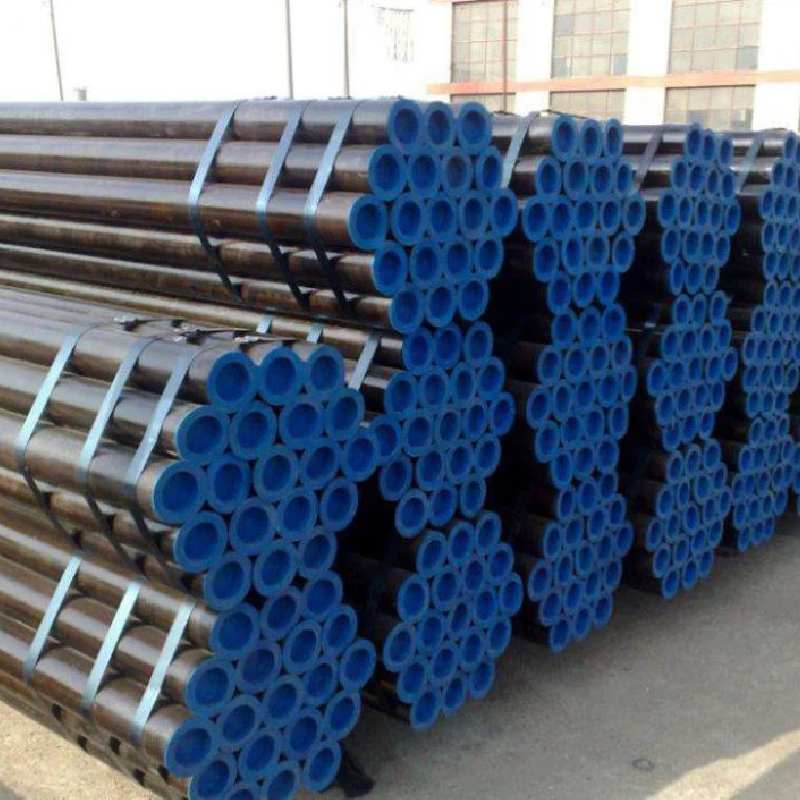-
Cangzhou Yulong Steel Co., Ltd.
-
Phone:
+86 13303177267 -
Email:
admin@ylsteelfittings.com
- English
- Arabic
- Italian
- Spanish
- Portuguese
- German
- kazakh
- Persian
- Greek
- French
- Russian
- Polish
- Thai
- Indonesian
- Vietnamese
- Zulu
- Korean
- Uzbek
- Hindi
- Serbian
- Malay
- Ukrainian
- Gujarati
- Haitian Creole
- hausa
- hawaiian
- Hebrew
- Miao
- Hungarian
- Icelandic
- igbo
- irish
- Japanese
- Javanese
- Kannada
- Khmer
- Rwandese
- Afrikaans
- Albanian
- Amharic
- Armenian
- Azerbaijani
- Basque
- Belarusian
- Bengali
- Bosnian
- Bulgarian
- Catalan
- Cebuano
- China
- China (Taiwan)
- Corsican
- Croatian
- Czech
- Danish
- Esperanto
- Estonian
- Finnish
- Frisian
- Galician
- Georgian
- Kurdish
- Kyrgyz
- Lao
- Latin
- Latvian
- Lithuanian
- Luxembourgish
- Macedonian
- Malgashi
- Malayalam
- Maltese
- Maori
- Marathi
- Mongolian
- Myanmar
- Nepali
- Norwegian
- Norwegian
- Occitan
- Pashto
- Dutch
- Punjabi
- Romanian
- Samoan
- Scottish Gaelic
- Sesotho
- Shona
- Sindhi
- Sinhala
- Slovak
- Slovenian
- Somali
- Sundanese
- Swahili
- Swedish
- Tagalog
- Tajik
- Tamil
- Tatar
- Telugu
- Turkish
- Turkmen
- Urdu
- Uighur
- Welsh
- Bantu
- Yiddish
- Yoruba

Dec . 06, 2024 11:07 Back to list
Bending Techniques for Galvanized Pipes in Construction and Plumbing Applications
Understanding the Bending of Galvanized Pipes
Galvanized pipes, made from iron or steel coated with a protective layer of zinc, have long been a staple in various construction, plumbing, and industrial applications. Their resistance to corrosion and rust makes them ideal for both indoor and outdoor use. However, one critical aspect of working with galvanized pipes is understanding how to effectively bend them without compromising their structural integrity.
The Importance of Bending Techniques
Bending galvanized pipes is often necessary to create smooth turns in plumbing systems or adjust the alignment of structural supports. However, improper bending can lead to kinks, tears, or an overall weakening of the pipe. This is particularly critical in applications where the pipe must withstand significant pressure or weight, such as in plumbing, heating, or drainage systems.
To achieve a clean and effective bend, several techniques and tools are commonly employed. The choice of method largely depends on the thickness and diameter of the pipe, as well as the intended angle of the bend.
Tools for Bending
1. Pipe Benders These are specialized tools designed specifically for bending pipes. They come in various forms, including manual and hydraulic benders. A manual bender uses leverage to bend the pipe, while a hydraulic bender employs hydraulic pressure to make the process easier and produce smoother bends.
2. Heat Sources In certain cases, applying heat to the galvanized pipe can make it easier to bend without damaging the coating. However, care must be taken to avoid overheating, which can lead to a loss of zinc coating and expose the underlying metal to corrosion.
3. Template Method For more complex bends, creating a template can be beneficial. This involves forming the pipe around a mold that matches the desired curve, ensuring accuracy and consistency in the bending process.
bending galvanised pipe

Techniques for Bending
- Cold Bending This method is suitable for smaller diameter pipes and involves bending the pipe at room temperature. It's vital to use the correct bender to avoid excessive stress, which can lead to cracking or bending too far beyond the material's yield point.
- Hot Bending Ideal for thicker pipes, this technique entails heating sections of the pipe before bending. After heating, the pipe can be bent more easily without compromising its integrity. Post-bending, it’s crucial to reapply a protective zinc coat to prevent rust formation.
Common Applications
Galvanized pipes are widely used in both residential and industrial settings. For instance, in residential plumbing, they are often used for water supply lines. In agriculture, they may serve as structural elements for fencing or as conduits for irrigation systems. The ability to bend pipes to accommodate various configurations is essential in these scenarios, ensuring both functionality and aesthetic appeal.
Considerations for Safety and Compliance
When bending galvanized pipes, safety should always be a priority. Wearing appropriate personal protective equipment, such as gloves and goggles, can help prevent injuries. Additionally, understanding local building codes and regulations is crucial, as some applications may require specific bending techniques or material grades to ensure compliance.
Conclusion
Bending galvanized pipes is a critical skill that requires knowledge of both the materials and the proper techniques. By utilizing the right tools and adhering to safety guidelines, individuals can effectively bend galvanized pipes for a variety of applications without compromising their strength or durability. This knowledge is essential for both DIY enthusiasts and professionals in the construction and plumbing sectors, ensuring that the pipes not only fit but also function flawlessly for years to come. As technology advances, the techniques and tools for bending galvanized pipes continue to evolve, promising even greater precision and efficiency in the future.
Latest news
-
ANSI 150P SS304 SO FLANGE
NewsFeb.14,2025
-
ASTM A333GR6 STEEL PIPE
NewsJan.20,2025
-
ANSI B16.5 WELDING NECK FLANGE
NewsJan.15,2026
-
ANSI B16.5 SLIP-ON FLANGE
NewsApr.19,2024
-
SABS 1123 FLANGE
NewsJan.15,2025
-
DIN86044 PLATE FLANGE
NewsApr.19,2024
-
DIN2527 BLIND FLANGE
NewsApr.12,2024
-
JIS B2311 Butt-Welding Fittings LR/SR 45°/90° /180°Seamless/Weld
NewsApr.23,2024











